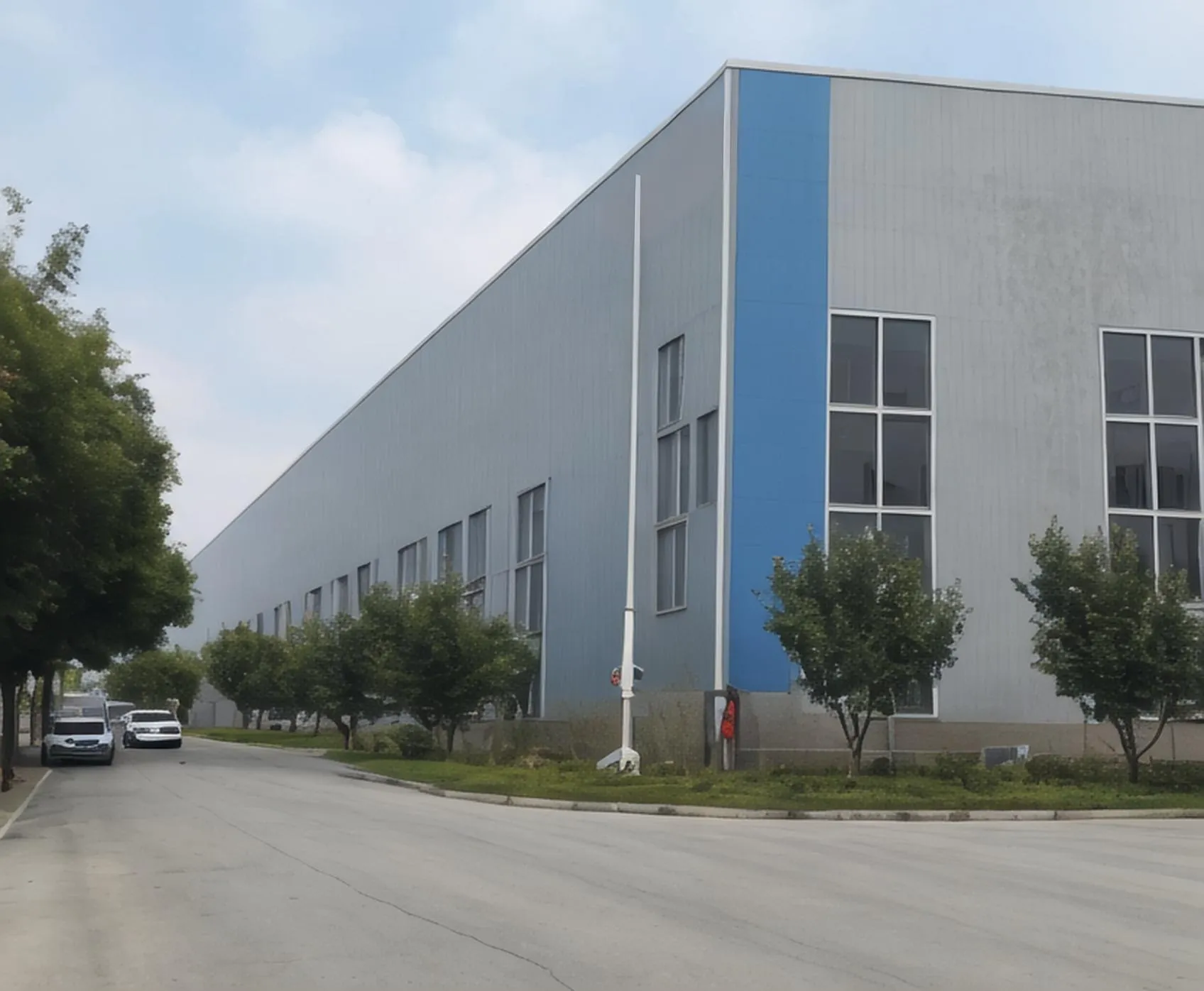
Dic . 01, 2024 22:00 Back to list
Exploring the Roles of Talc and Titanium Dioxide in Various Industries and Applications
The Relationship Between Talc and Titanium Dioxide
Talc and titanium dioxide are two important minerals that serve essential roles in various industries, ranging from cosmetics to construction. Despite their distinct chemical compositions and physical properties, the interplay between these materials contributes significantly to product performance and functionality. This article delves into the characteristics of talc and titanium dioxide, their applications, and how they complement each other in various domains.
What is Talc?
Talc is a naturally occurring mineral composed primarily of magnesium silicate. It is known for its softness, which is often highlighted by the Mohs hardness scale, where talc ranks as the softest mineral, scoring a mere 1. This property enables talc to be finely ground into a powder, making it an ideal ingredient in several applications. In the cosmetic industry, talc is often used in products such as baby powder, face powders, and body powders, owing to its ability to absorb moisture and reduce friction. Furthermore, talc provides a smooth texture and an elegant finish to cosmetic formulations.
Beyond cosmetics, talc is utilized in the production of ceramics, plastics, and paints due to its reinforcing and thickening properties. When added to polymers, talc enhances stiffness and reduces moisture absorption, which is especially beneficial in the automotive and aerospace industries.
What is Titanium Dioxide?
Titanium dioxide (TiO2) is a white, opaque pigment with excellent covering power and brightness. It is primarily sourced from the mineral rutile but can also be produced from ilmenite and anatase. Titanium dioxide is renowned for its ability to scatter light and provide high levels of opacity, making it a popular choice in the paint, coating, and plastics industries. In addition to its role as a pigment, titanium dioxide exhibits photocatalytic properties, which allows it to break down organic pollutants when exposed to UV light, making it a subject of interest in environmental applications.
talc and titanium dioxide

In cosmetics, titanium dioxide serves as a physical sunscreen agent due to its capability to reflect and scatter UV radiation. It is commonly found in foundations, sunscreens, and other skincare products. The dual function of providing color and UV protection positions titanium dioxide as a versatile ingredient in cosmetic formulations.
Synergistic Applications of Talc and Titanium Dioxide
The combination of talc and titanium dioxide can lead to enhanced formulations that capitalize on the unique properties of both minerals. In the cosmetics sector, for instance, talc can improve the texture and application of products while titanium dioxide provides sun protection and pigmentation. This synergy allows for the creation of smoother, more stable formulations that cater to consumer demands for product efficacy and sensory experience.
In paints and coatings, the use of both minerals can yield products with improved durability, opacity, and resistance to degradation. Talc’s reinforcing properties complement the pigmenting power of titanium dioxide, resulting in coatings that adhere better and offer longer-lasting protection against environmental factors.
Moreover, in plastics, talc acts as a filler that enhances the mechanical properties of materials, while titanium dioxide provides UV protection and color consistency. This combination is particularly important in outdoor applications where exposure to sunlight can lead to material degradation.
Conclusion
Talc and titanium dioxide are more than just individual components; when used together, they create formulations that are greater than the sum of their parts. Their unique properties complement each other across a variety of industries, providing enhanced performance and functionality in applications ranging from cosmetics to paints and plastics. As industries continue to innovate and seek better-performing materials, the collaborative use of talc and titanium dioxide will likely remain a key trend in product development, reflecting an ongoing commitment to quality and efficacy.
-
High Quality China Black Iron Oxide Powder Supplier Competitive Price & Fast Delivery
NewsJul.08,2025
-
High Quality Titanium Dioxide Used in Rubber – Trusted Supplier & Factory Price
NewsJul.08,2025
-
High Purity Barium Sulfate Particle Size - Wholesale Manufacturer from China
NewsJul.07,2025
-
Premium Titanium Dioxide Lomon R-996 Supplier – Quality & Wholesale Price from China
NewsJul.07,2025
-
Top Titanium Manufacturers in China - Quality Titanium Dioxide Supplier & Production Line Solutions
NewsJul.06,2025
-
OEM Titanium White Supplier & Factory – High Purity, Consistent Quality for Industrial Use
NewsJul.06,2025
